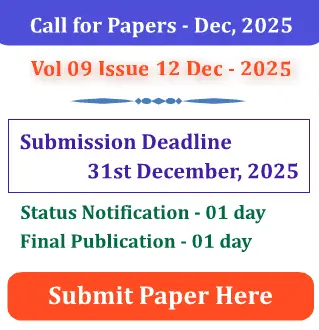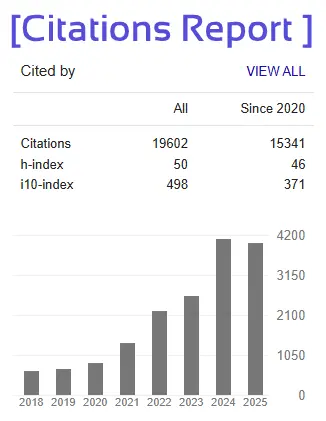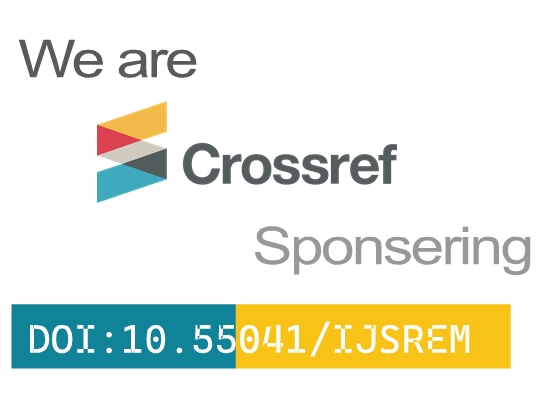AI-Driven Progressive Web Application for Enhancing Emergency Healthcare Decision-Making
Yashas R Gowda1, Disha S2, Shashank K3 ,Prasad PS4
1Student, School of Computer science & engineering, Presidency University, Bengaluru
2Student, School of Computer science & engineering, Presidency University, Bengaluru
3Student, School of Computer science & engineering, Presidency University, Bengaluru
4Assistant Professor-Selection grade, School of Computer science & engineering, Presidency University, Bengaluru
Abstract - The "Emergency Lifeline: Instant Hospital Info for Critical Moments" mobile application aims to revolutionize emergency healthcare by providing real-time hospital information, medical guidance, and optimized routing during critical situations. The application integrates advanced technologies such as Artificial Intelligence (AI), Geolocation, Telemedicine, and Multilingual Support to offer a comprehensive emergency solution. By leveraging AI for symptom analysis and hospital recommendations, GPS for real-time location tracking and optimized routing, and telemedicine for remote consultations, the app ensures that users can access medical assistance quickly and effectively. The inclusion of multilingual support, along with voice recognition and text-to-speech capabilities, ensures accessibility for a diverse user base, including those with disabilities or literacy challenges. This innovative approach enables users to make informed decisions, minimize response times, and improve healthcare outcomes in emergency scenarios. The system's design focuses on user experience, data security, and collaboration with healthcare providers to ensure accurate, up-to-date information. Overall, the app aims to enhance the efficiency and accessibility of emergency healthcare, making it a vital tool for individuals facing critical health situations.
Keyword - Emergency healthcare, mobile application, Artificial Intelligence (AI), Geolocation, Telemedicine, Multilingual support, Real-time hospital information, Symptom analysis, Routing optimization, Text-to-speech, Voice recognition, Healthcare accessibility, Critical moments, Medical guidance, User experience, Data security.







